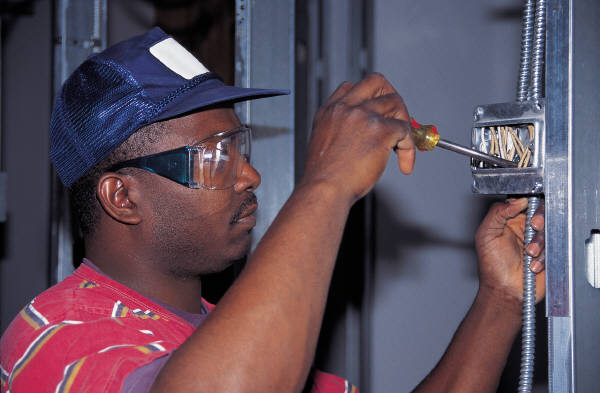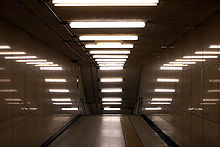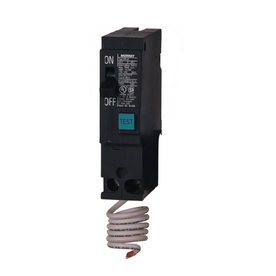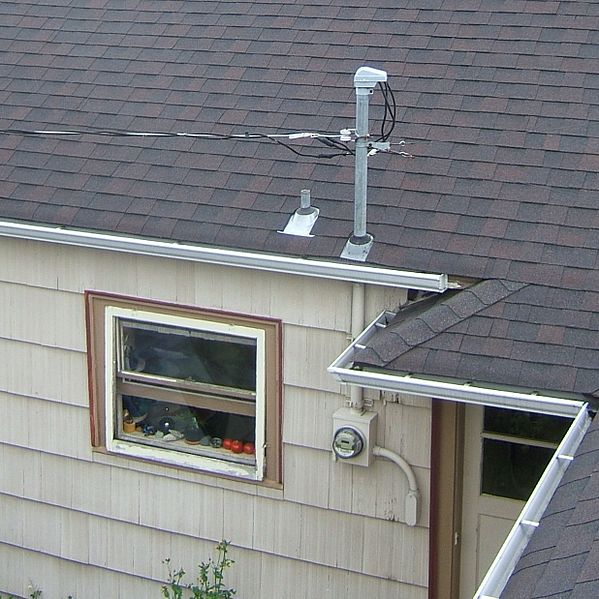

Electrical accidents occur every day in the United States, injuring and sometimes killing electrical workers.
Your safety on the job site is your responsibility. You are responsible for ensuring that the action of fellow workers does not put you in a hazardous situation.
For example, when working on an electrical circuit/equipment, you must be absolutely sure that the circuit/equipment cannot be energized by the actions of others.
| a. | Ask co-workers not to turn on any circuit breakers until you are done working on the circuit or equipment. |
| b. | Work slow and careful, in case the circuit or equipment becomes energized. |
| c. | Place tape over the circuit breaker with the breaker in the OFF position. |
| d. | Lock out the circuit breaker in the OFF position, so only you can remove the lock to turn the circuit breaker back to the ON position. |
The correct answer is (d). d. Note: You must protect yourself at all times when working on electrical circuits or equipment.


Article 240 of the National Electrical Code contains information and requirements for overcurrent protection, including fuses and circuit breakers.
Fuses are used in many applications to prevent overcurrent conditions that could cause an electrical hazard. The size, shape, function, and voltage/amperage ratings of fuses covers a wide range of uses. Selecting the proper size fuse for overcurrent protection is
critical for the system and equipment to operate in a safe and reliable manner.
Article 240 lists uses and requirements for fuses rated 600 volts or less, and fuses rated over 600 volts.
| a. | Rated no more than 650-volts |
| b. | At or below 600-volts |
| c. | Below 600-volts only |
| d. | At 600-volts only, and not to exceed 650-volts |
b. Article 240. Note: Exceeding the voltage rating of any overcurrent device can cause a hazardous condition.


In Article 100, the definition of a continuous load is defined as a load where the maximum current is expected to continue for 3 hours or more.
Continuous loads can cause heat buildup in overcurrent devices if the overcurrent protection is not properly sized.
Article 210.20(A): Where a branch circuit supplies continuous loads or any combination of continuous loads and non-continuous loads, the rating of the overcurrent protection device shall not be less than the non-continuous load plus 125% of the continuous load.
| a. | Overhead lighting in an office building. |
| b. | A microwave oven in an office break room. |
| c. | Chest x-ray equipment in a doctor’s office. |
| d. | A garbage disposal in a residential home. |
a. Note: Office lighting in commercial and industrial spaces is considered a continuous load.


Article 210.12 of the NEC defines an Arc-Fault Circuit Interrupter (AFCI) as a
device intended to provide protection from the effects of arc faults by recognizing characteristics unique to arcing and by functioning to de-energize the circuit when an arc-fault is detected.
Many fires have been attributed to arc faults caused by multi-outlet strips and extension cords used in residential homes. In older homes, where there are few electrical outlets, homeowners use extension cords for table lamps, space heaters, radios, clocks, etc.
When an extension cord plug becomes loose or damaged, arcing can occur at the point of attachment. This arcing can cause the cord connection to overheat and catch on fire. Arc fault circuit interrupters can sense this arcing condition and de-energize the circuit before a fire can result.
| a. | Residential bathrooms. |
| b. | Bedrooms. |
| c. | Family rooms. |
| d. | b and c only. |
The correct answer is (d). d. Note: Arc Fault Circuit Interrupters are available as circuit breakers and receptacles.


Article 230.53 of the NEC: Where exposed to the weather, raceways enclosing service-entrance conductors shall be suitable for us in wet locations and arranged to drain. Where embedded in masonry, raceways shall be arranged to drain.
The entrance of water and moisture into raceways is always a concern. The migration of moisture into electrical cabinets, panels, and equipment poses a serious hazard.
In addition to arranging raceways to drain, care should be taken to seal any openings that might allow the entry of water into electrical equipment.
| a. | The ampacity of a wet conductor is lower than the ampacity of a dry conductor. |
| b. | Service entrance conductors are impervious to moisture. |
| c. | To prevent water from entering internal electrical equipment through the raceway system. |
| d. | None of the above. |
c. Note: Since water is a good conductor of electricity, it is imperative that electrical equipment stays dry.